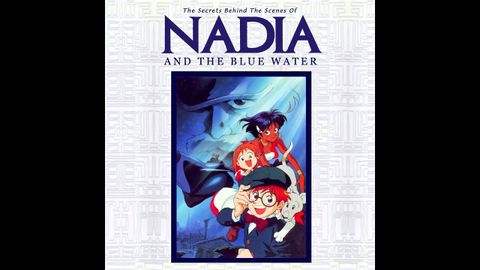
字幕與單字
納迪亞與藍水》幕後的祕密--第一部分。 (The Secrets Behind the Scenes of Nadia and the Blue Water - Part 1)
00
阿多賓 發佈於 2021 年 01 月 14 日收藏
影片單字
show
US /ʃo/
・
UK /ʃəʊ/
- v.t./i.顯眼;容易看到(或注意到);表達;表現;顯示,展示;(透過演示、示範)解釋;說明;給...帶路;帶領;證明(某事);給...看
- n.出洋相;展覽;表演,展出;演出;節目
A1 初級初級英檢
更多 使用能量
解鎖所有單字
解鎖發音、解釋及篩選功能
